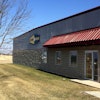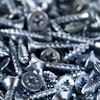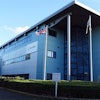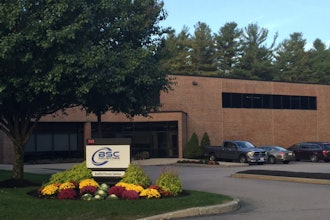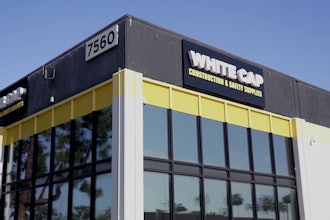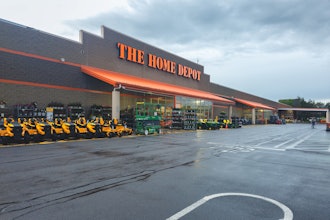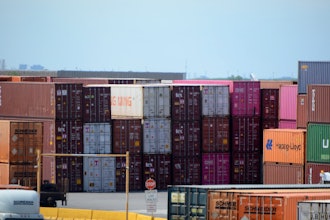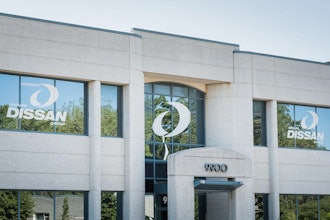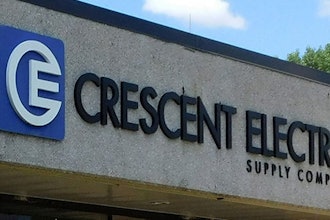WASHINGTON (AP) — The recovery lost momentum in the second quarter as growth slowed to a 2.4 percent pace, its most sluggish showing in nearly a year and too weak to drive down unemployment.
Weaker spending by consumers, less growth coming from companies restocking shrunken stockpiles and a bigger drag from the nation's trade deficits were the main factors behind the second quarter's slowdown.
The Commerce Department's report released Friday also showed that the economy grew at a 3.7 percent pace in the first three months of this year. That was much better than the 2.7 percent pace estimated just a month ago.
Still, the recovery has been losing power for two straight quarters. That raises concerns about whether it will fizzle out. Or worse, tip back into a "double-dip" recession.
The economy began to grow in the third quarter of last year after having suffered the worst recession since the Great Depression. And in the following quarter the economy's growth surged at a 5 percent pace, the high water mark of the rebound.
Much of the expansion was driven by the government's massive $862 billion stimulus package of tax cuts and increased spending. Also, companies helped energize growth with a burst of spending to replenish inventories that were cut down during the recession.
Now, as those forces are fading, concerns are growing as to whether the private sector can boost spending and investment enough to keep the recovery afloat.
Consumer spending, usually the lifeblood of economic activity, slowed in the second quarter. Such spending rose at an anemic 1.6 percent pace. That was down from a 1.9 percent pace in the first quarter and was the weakest showing since the end of last year.
The 2.4 percent growth rate logged in the April-to-June quarter was slightly less than the 2.5 percent pace economists were forecasting. It was the weakest since a 1.6 percent pace in the third quarter of last year, when a record streak of four straight losing quarters came to an end.
With the economy growing at a subpar speed, the 9.5 percent unemployment rate is not expected to fall.
It takes about 3 percent growth in gross domestic product just to create enough jobs to keep pace with the population increase.
Growth would have to equal 5 percent for a full year to drive the unemployment rate down by 1 percentage point. Neither the Obama administration nor the Federal Reserve expect that to happen.
Gross domestic product measures the value of all goods and services - from machinery to manicures - produced within the United States. It is the best gauge of the nation's economic health.
The weak economy leaves Democrats and Republicans on Capitol Hill vulnerable as they head into the November midterm elections. Democrats, who now control both chambers, have the most to lose. The gloomier outlook is also a liability for President Barack Obama.
Consumer confidence is tumbling. The unemployed face fierce competition to find work. Those with jobs are seeing scant wage gains. Home values - often Americans' single-biggest asset - are weak. That explains why consumers are not in a mood to spend lavishly like they usually do in the early stages of an economic recovery.
It's also a major reason why the pace of this recovery is considered feeble by historical standards. When the country was recovering from a severe recession in the early 1980s, for instance, the economy's growth exceeded 7 percent for five quarters.
However, there were some encouraging signs in terms of business spending.
Spending by businesses on equipment and software increased at a blistering 21.9 percent pace in the second quarter, the most in nearly 13 years. Builders boosted spending on commercial projects, such as office buildings and plants, at a 5.2 percent pace. It marked the first increase after seven straight quarters of cuts.
And, home builders, who have cut spending for the last two quarters, ratcheted up their outlays at a hot 27.9 percent pace, the most in nearly 27 years. Still, with the expiration of the government's homebuyer tax credit, housing activity has started to turn sluggish again.
Looking ahead, though, businesses still aren't showing signs of ramping up spending that would translate into the explosive kind of growth needed to drive down unemployment.
Uncertain about the strength of the recovery, companies are sitting on record piles of cash, loath to use the money to hire new workers and expand operations. Caterpillar Inc., Dupont Co. and Microsoft Corp. are among companies reporting strong second-quarter earnings in the past two weeks yet they aren't ready to bulk up their work forces.
"There is a high degree of uncertainty. There is a recovery under way. It is going to be choppy," said United States Steel Corp. Chairman and CEO John Surma earlier this week.
Overall economic growth was bolstered in the second quarter by strong spending by the federal government. It boosted spending at a 9.2 percent pace, the most in a year. And, state and local governments, coping with budget shortfalls, increased their spending for the first time in a year.

